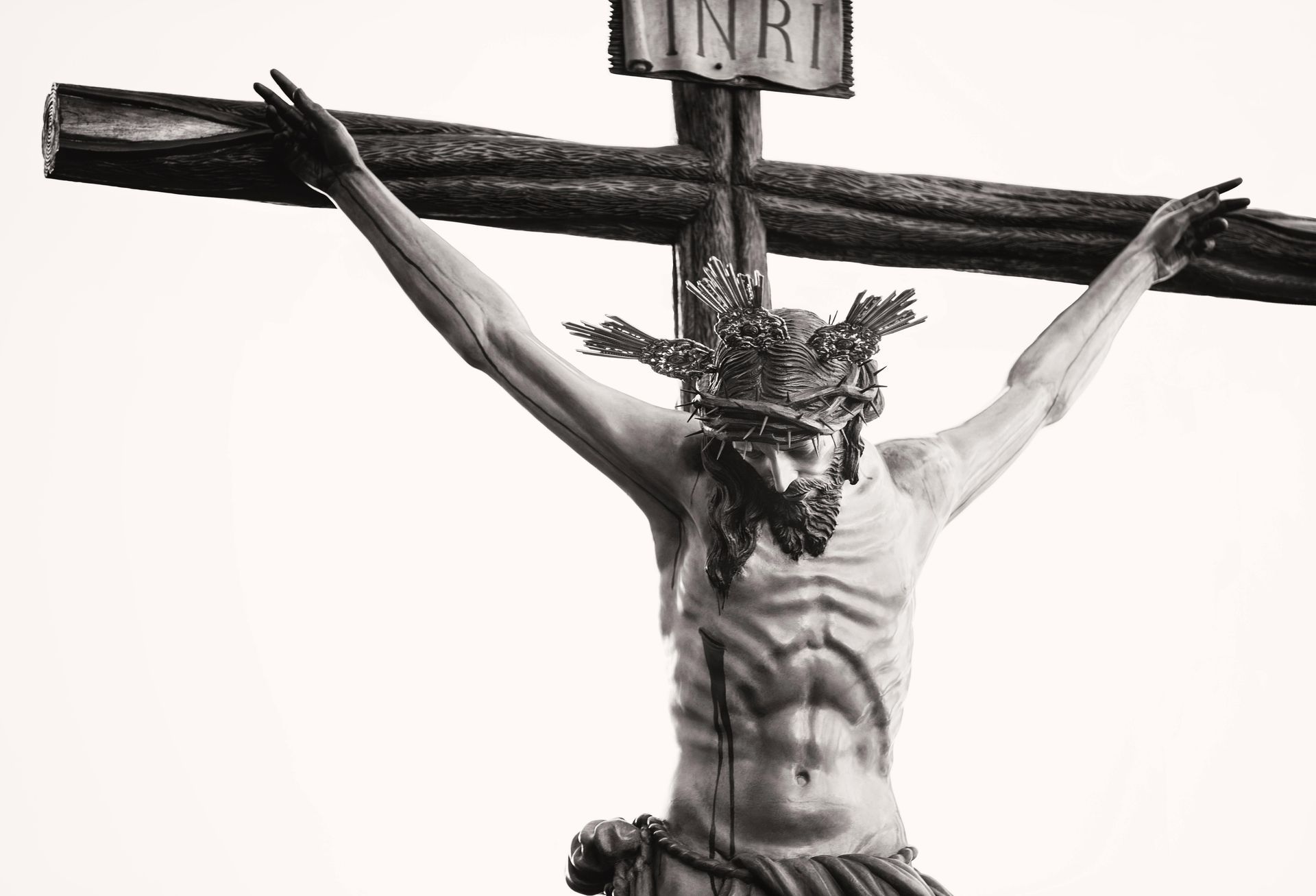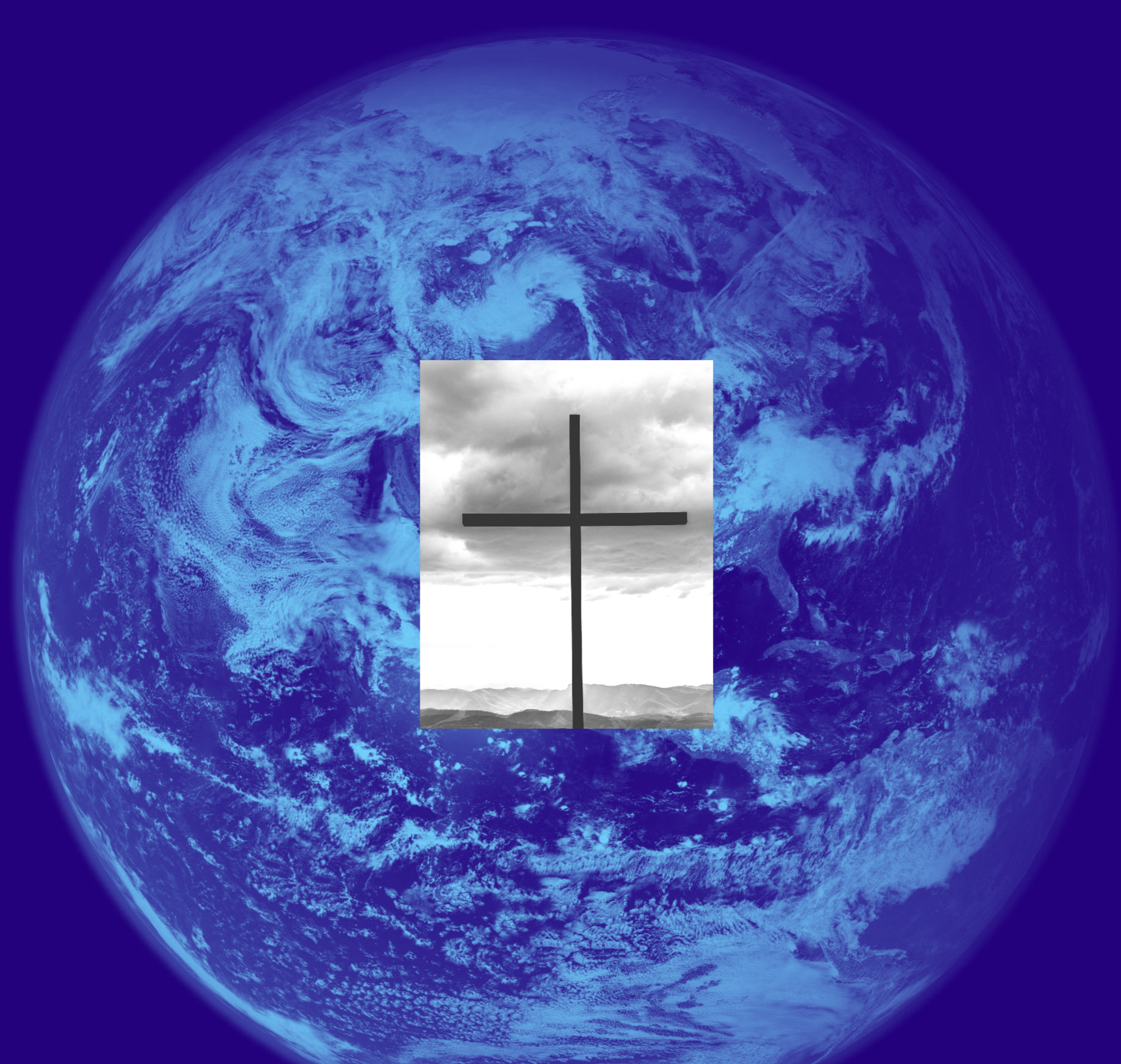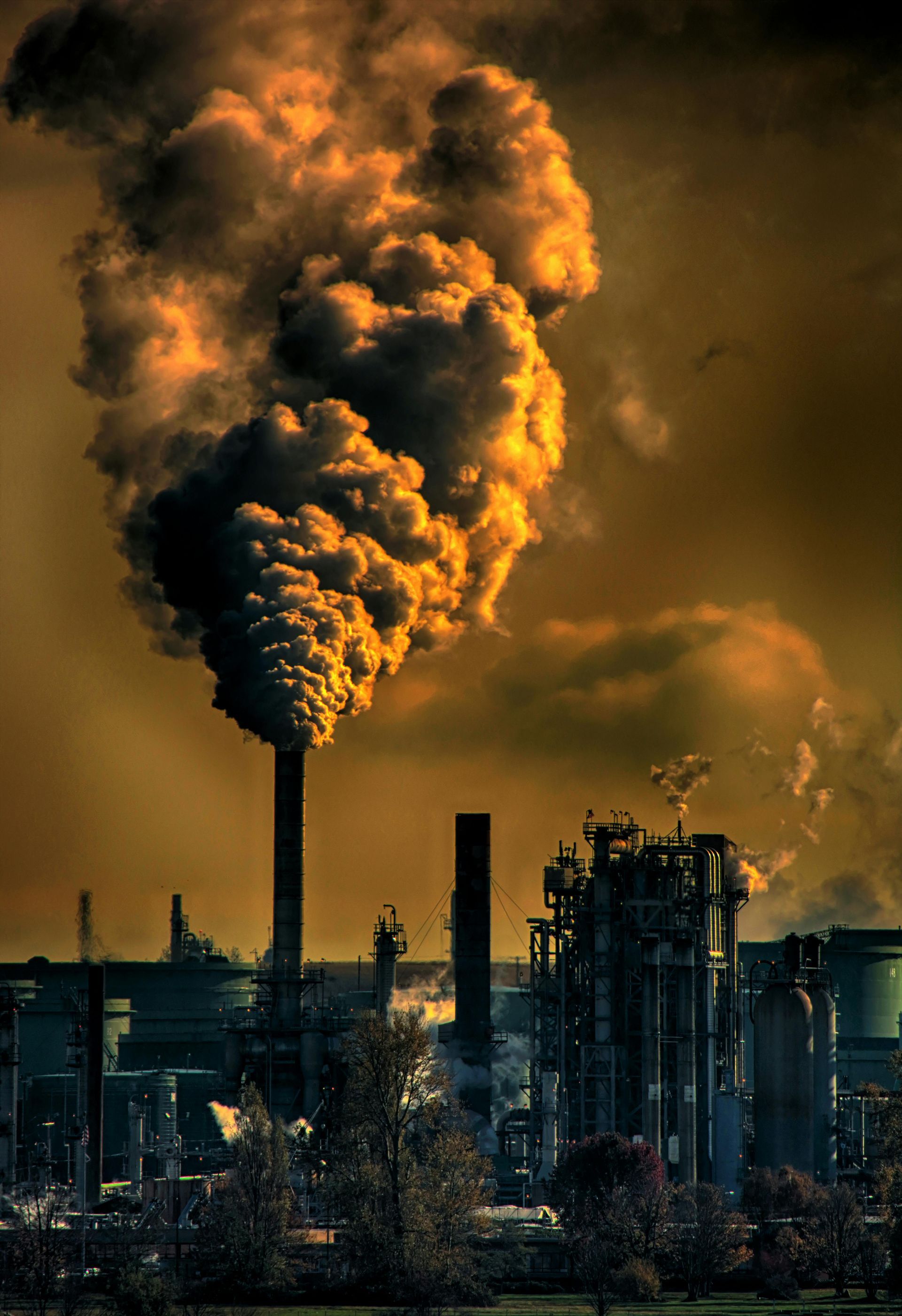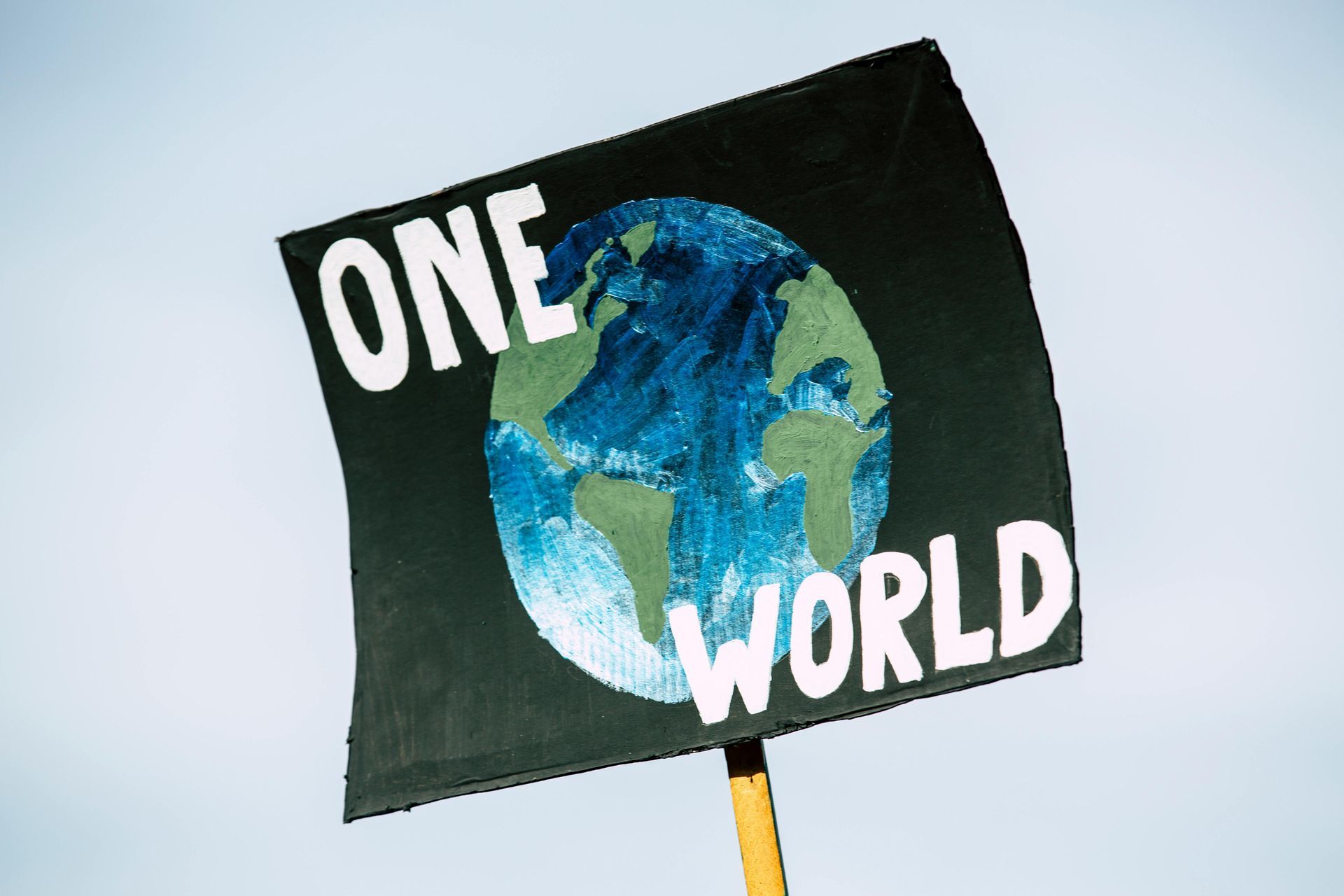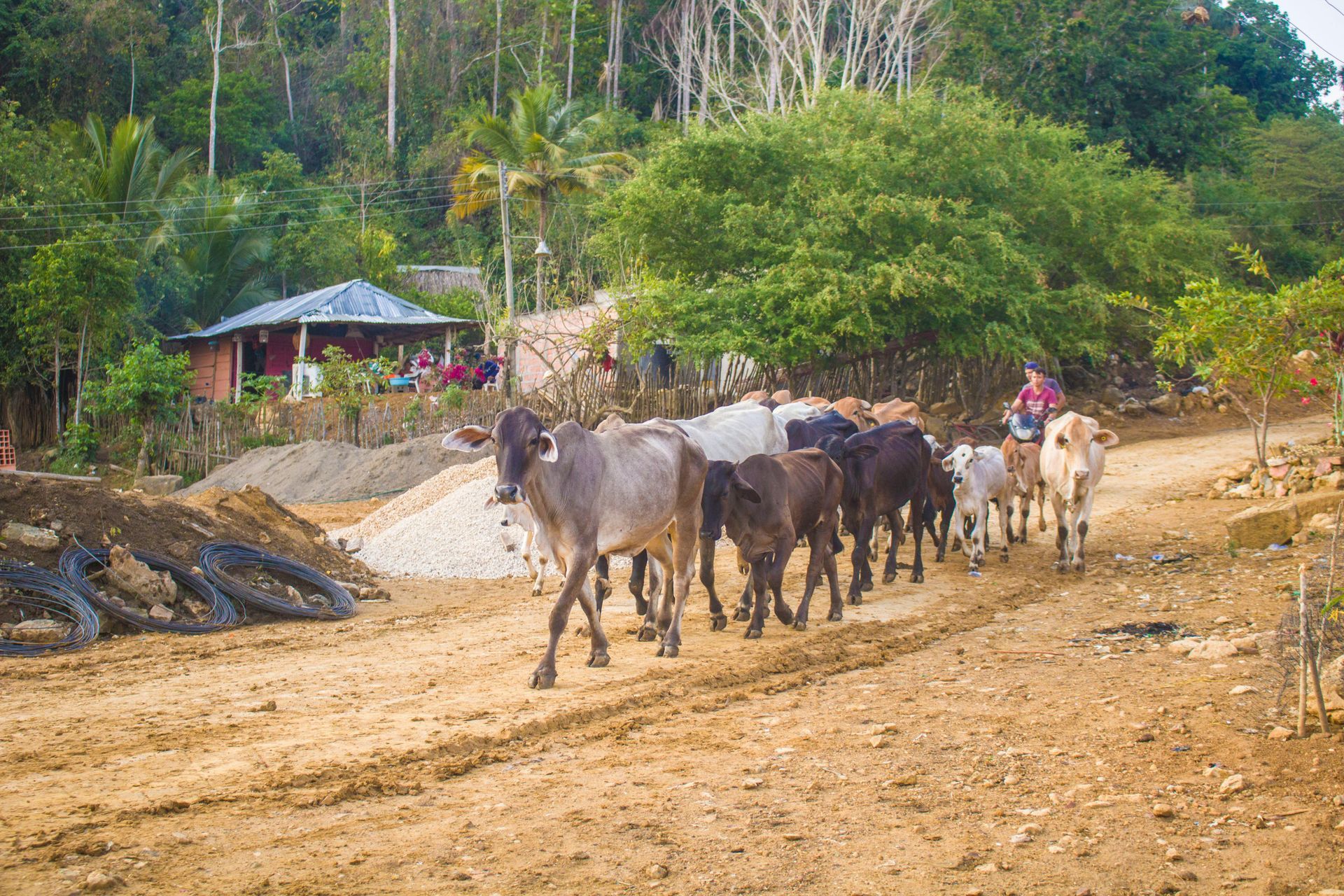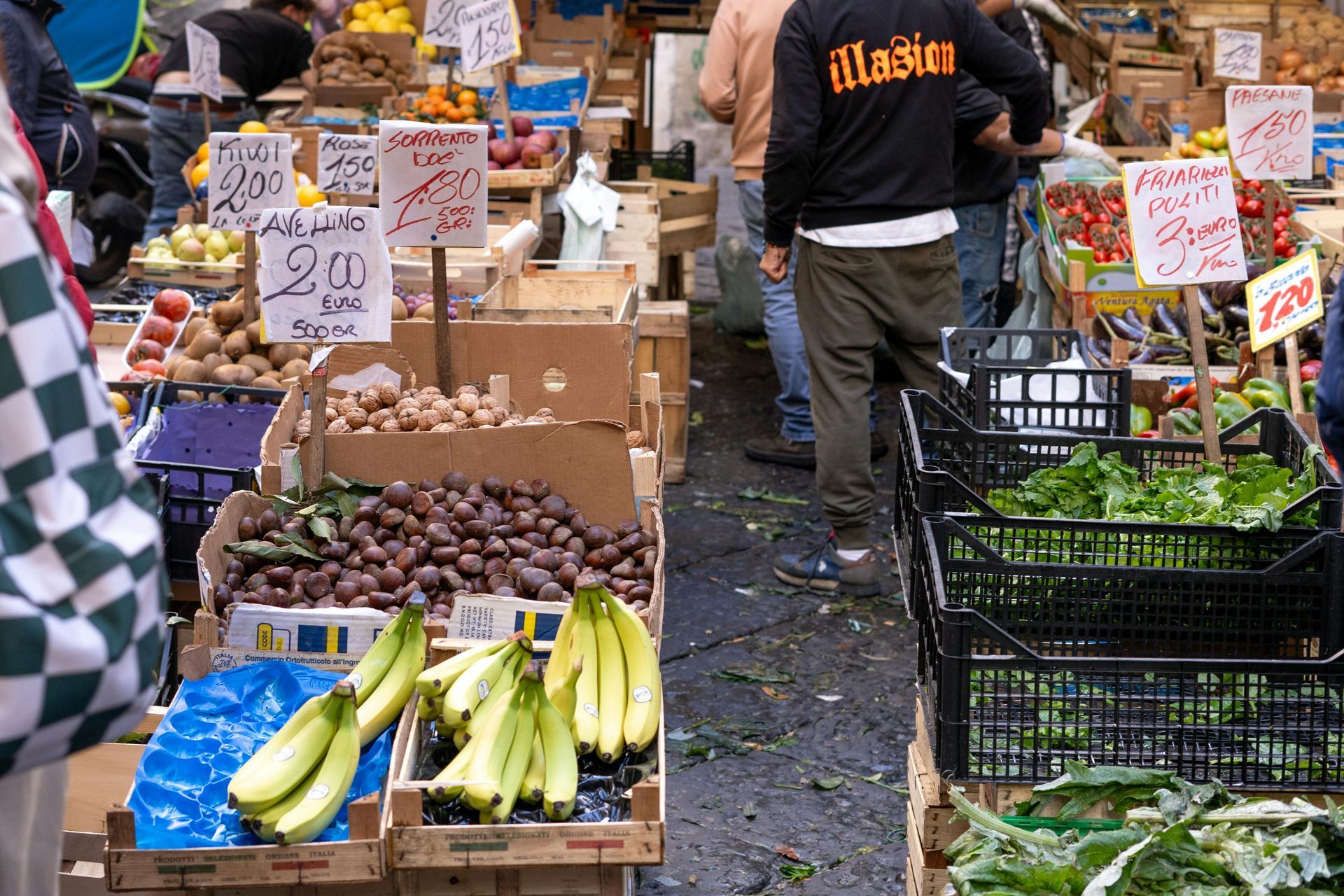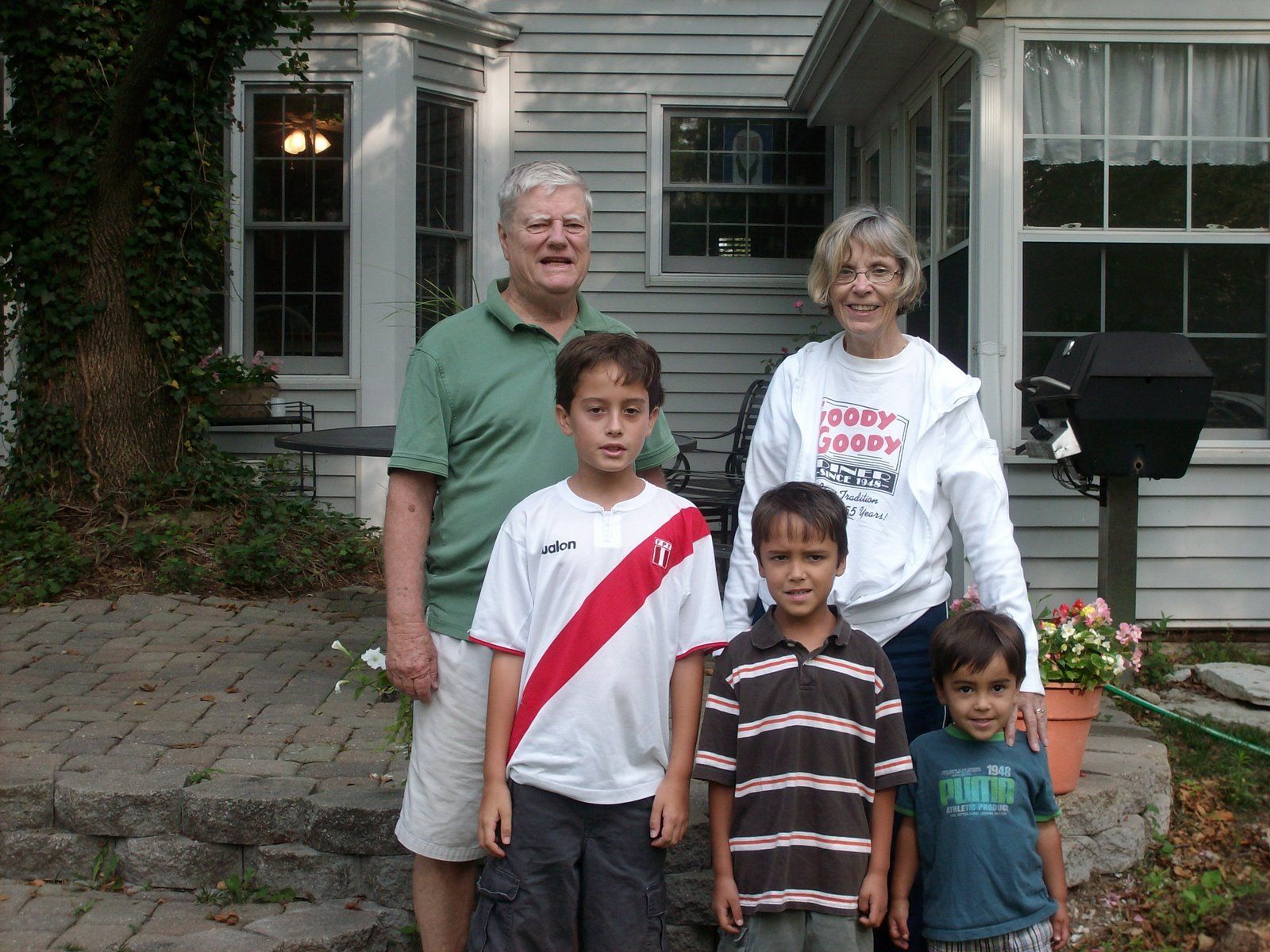Catholicism Through Human Geography: A Global Analysis
Catholicism Through Human Geography: A Global Analysis.
Katolicismen, en af verdens største religiøse trosretninger, har en dybtgående indflydelse på kulturelle, sociale og politiske landskaber over hele kloden. Gennem humangeografiens linse kan vi undersøge, hvordan katolicismen former og formes af de geografiske og demografiske karakteristika i forskellige regioner.
Katolicismens historiske udbredelse
The spread of Catholicism can be traced back to its origins in the Middle East, following the teachings of Jesus Christ. The religion's growth accelerated with the Roman Empire's vast network, which facilitated the dissemination of Christian doctrine across Europe and the Mediterranean. With the advent of European colonialism, Catholicism expanded its reach to the Americas, Africa, and Asia, establishing a truly global presence.
Current Distribution and Demographics
Today, Catholicism boasts over a billion adherents worldwide. The highest concentrations of Catholics are found in Latin America, where countries like Brazil and Mexico are home to large Catholic populations. Europe remains a stronghold, especially in countries such as Italy, Spain, and Poland. Africa and Asia also feature significant Catholic communities, particularly in countries like the Philippines, the Democratic Republic of the Congo, and Nigeria.
I Nordamerika har byområder en tendens til at have en betydelig katolsk befolkning på grund af historiske migrationsmønstre og etableringen af katolske skoler og institutioner. Katolicismens udbredelse er ofte knyttet til historiske og kulturelle kontekster, hvilket afspejler religionens adaptive og integrerende natur.
Cultural and Social Influences
Catholicism has a profound influence on cultural practices and social norms across the world. Festivals like Christmas, Easter, and the Day of the Dead in Mexico demonstrate the integration of Catholic traditions into local customs. Catholic social teachings on issues such as family, social justice, and the sanctity of life have played significant roles in shaping societal values and policy debates.
Geopolitical Impact
On a geopolitical level, the Vatican, as the religious and administrative headquarters of the Catholic Church, wields considerable soft power. The Pope, as the church's leader, often addresses global issues such as climate change, poverty, and conflict, using the church's moral authority to influence international policy and opinion.
I regioner, hvor katolicismen dominerer, spiller kirken ofte en central rolle i politik. Latinamerika har for eksempel oplevet betydelig involvering af kirken i politiske bevægelser og fortalervirksomhed, hvor den ofte har kæmpet for fattiges og marginaliseredes rettigheder.
Challenges and Opportunities
The Catholic Church faces both challenges and opportunities in a rapidly changing world. Secularization in Europe presents challenges to maintaining church attendance and influence. Meanwhile, growth in Catholic populations in Africa and parts of Asia presents opportunities for the church to engage with diverse cultures and expand its humanitarian efforts.
Additionally, the church's ability to address contemporary issues, such as gender equality and LGBTQ+ rights, remains a point of tension and dialogue within Catholic communities around the world.
Conclusion
Catholicism, viewed through the lens of human geography, is a fascinating study of how faith intersects with human and physical landscapes. Its enduring presence and influence across diverse regions underscore the complexities and dynamics of a global religion that continues to shape and be shaped by the world's geography and its people.






















